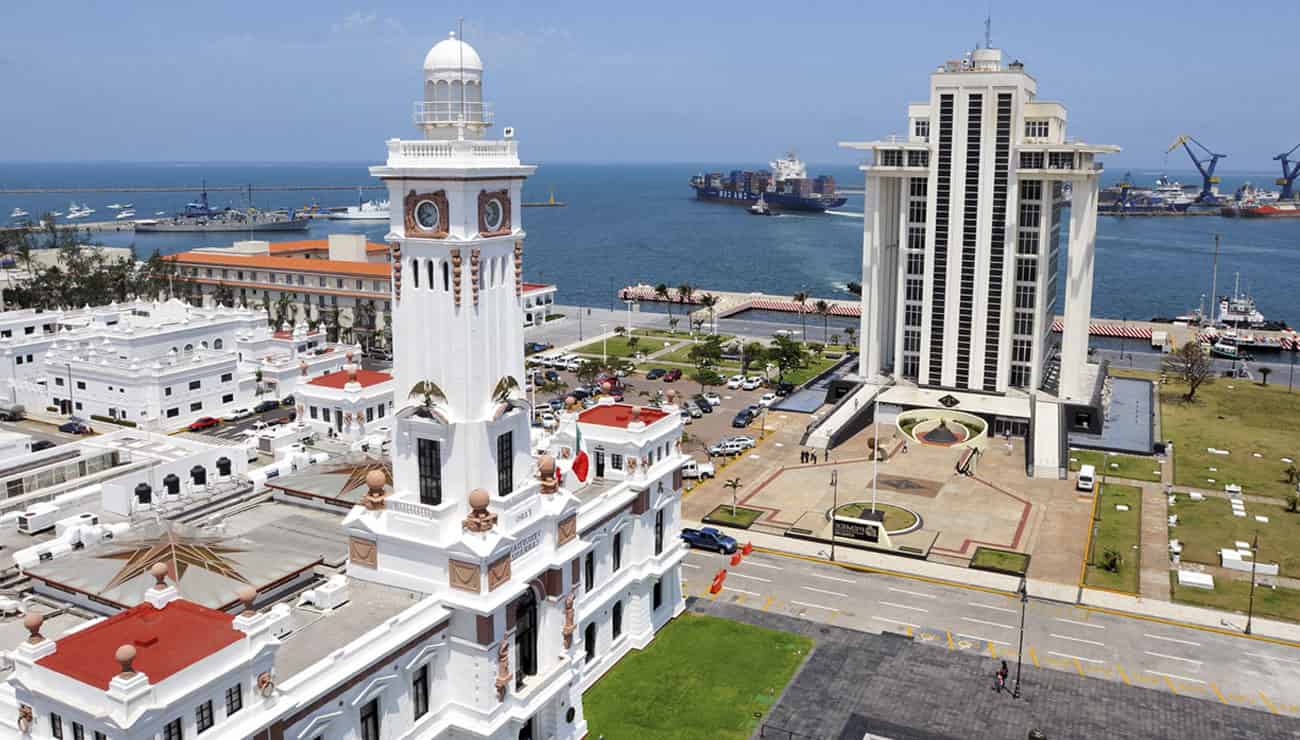Veracruz, Mexico: A Cultural and Historical Blend
All of Veracruz is beautiful. Veracruz has idyllic cities full of great beauty, history, and culture. All the information you need.

Veracruz is a melting pot of cities and expressions that give this state great cultural richness. The city of Veracruz, "the four times heroic" and gateway to the country, throughout the history of Mexico, was the main port of commercial exchange between New Spain and the Iberian Peninsula and the Caribbean.
Veracruz also has its roots in one of the most important Mesoamerican cultures, the Totonaca culture, whose ceremonial center is El Tajin, near the city of Papantla, known as "The city that perfumes the world". This is the birthplace of the legendary Papantla flyers, whose ceremony contains a great symbolic charge.
Veracruz also has other idyllic cities full of great beauty, such as the city of Cordoba, founded out of commercial necessity, which played a very important role in the history of Mexico, since the peace treaties that put an end to the War of Independence were signed there.




